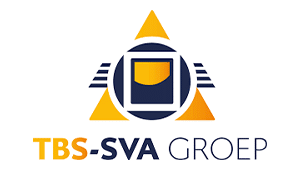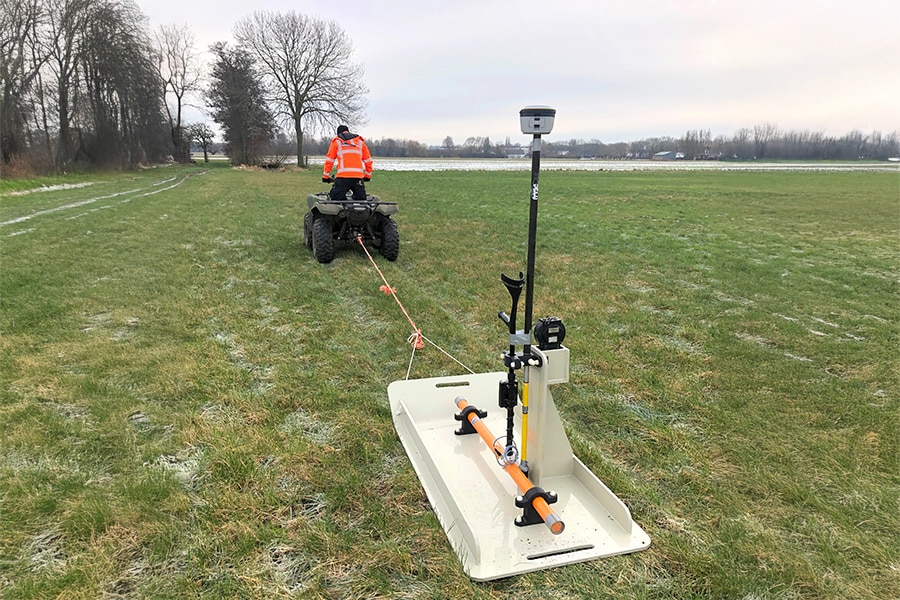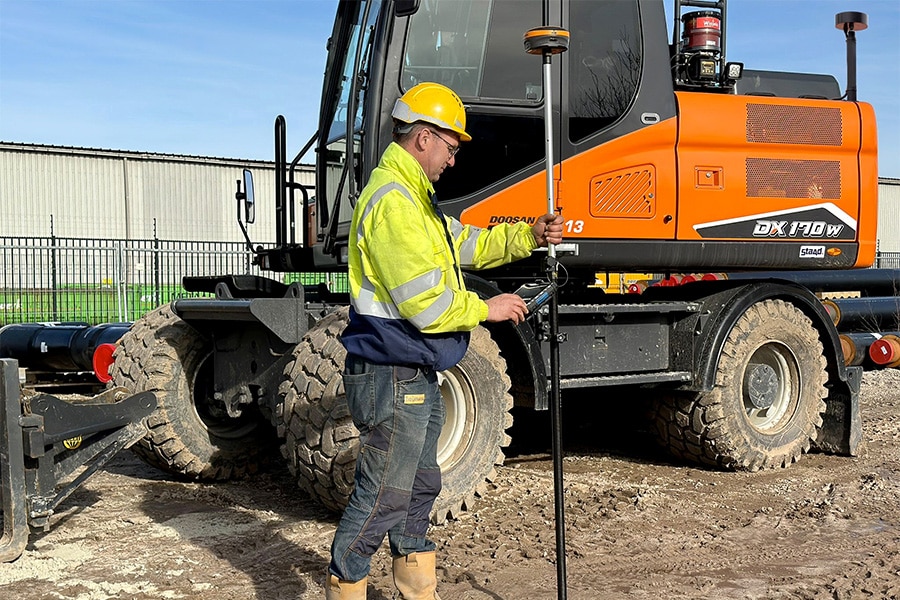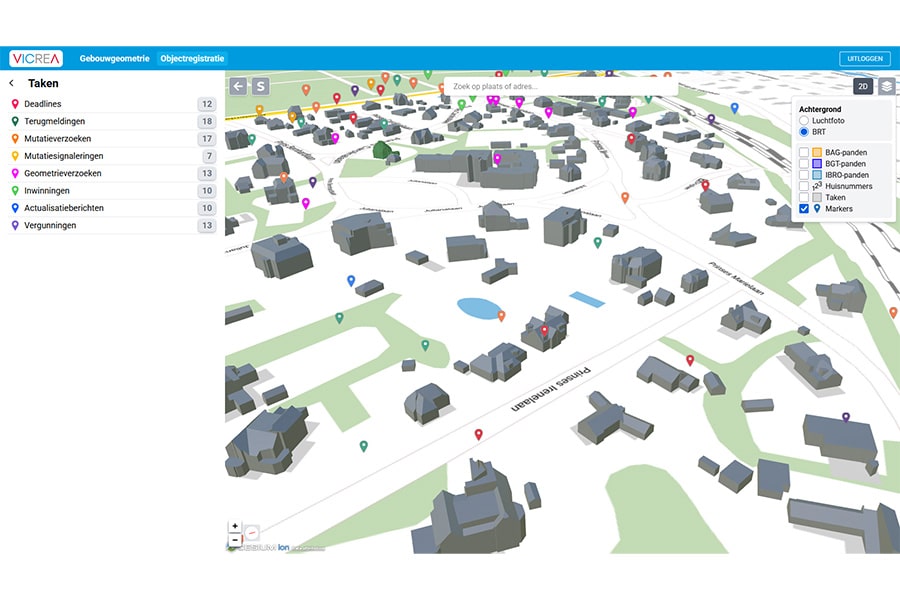
TBS-SVA develops climate-adaptive above-ground solutions for buffering or delayed drainage and infiltration of water
The climate is changing, and in the Netherlands this means that we are experiencing more and more weather extremes. For example, there are prolonged periods of drought and these alternate with periods of heavy rainfall. To avoid overloading the sewer system at those times, we have been using wadis (Water Drainage Through Infiltration) since the 1990s. Almost every municipality in the Netherlands today has one to hundreds of wadis. But how do you reduce the risks of pollution there? At TBS-SVA they have an answer to that.
Most people, of course, know that a wadi is generally a green ditch in an urban area. It buffers rainwater and ensures that it is slowed down or infiltrated into the ground to prevent flooding. Within the civil engineering and infrastructure sector, TBS-SVA is known as the market leader in drainage. The company also offers various climate-adaptive products for wadis. "Because we find it extremely important that the water in the wadis is already as clean as possible," says Willy Bruckers, commercial director TBS-SVA Group.

Gully head prevents wadi from overflowing
"For example, we have a silt head gully that can be applied to wadis. By placing this in a wadi, all the water above a set maximum level flows into that silt head gully. Through this inflow gully, the water is then drained to the sewer system or a lower area in the subsurface." Willy thinks it is very important that this is already taken into account during the construction of wadis. "Not only to prevent a wadi from overflowing, but especially because our products also prevent polluted water from entering the groundwater. Because water coming off busy roads or parking lots near the wadi takes a lot of pollution with it. You are shocked when you know what carcinogenic substances flow into the wadi!"

The wadi dirt trap inflow gully
"That's exactly why we developed a wadi dirt trap inflow chamber," Willy continues. "It's a special compact inflow gully for wadis, with a large sand trap in it. The gully is constructed in such a way that it has a large dirt trap, but in addition, we have also installed a sieve screen in it, which holds back extra much dirt. Thus, significantly cleaner water flows into the wadi." Willy explains that with a standard gully, the pipe connection is too deep. "That's what municipalities run into when constructing wadis. That's why we developed this product." Cleaning the dirt trap is also easy and relatively inexpensive, according to Willy. "Every municipality has thousands of gullies that are cleaned once or twice a year with a gully vacuum truck. These dirt collection inflow gullies at wadis can easily be included in the regular gully maintenance. I would like to emphasize that of the 8 to 10 kilograms of dirt that goes to the cleaning company, about 6 to 7 kilograms of clean sand comes from it, which we reuse in the production of our gullies. So for the calculator, that also means 2 to 3 kilograms of heavy chemical pollution per gully that we keep out of the environment."

Moat elements along roads or (industrial) sites
For buffering and delayed drainage or infiltration along roads or (industrial) sites, TBS-SVA offers the AQUAWAY® concrete moat elements. Willy sees an increasing demand for moat elements at industrial sites, halls with a lot of roof area where a lot of water comes off during rainfall, and along roads and other sites. "Solutions for this often cost a lot of money. With our moat elements you not only have a very economical solution for water drainage, but our elements are also applicable to create aesthetically pleasing wadis, with or without boulders or plantings." Due to the V-shape, the elements are ideally suited to be constructed as an attractive moat around a site. The drainage from the gutter can then discharge into this. In consultation with the municipality, it can then be coordinated how much water can be discharged into the sewer system and thus how much must be buffered. Depending on the amount of water to be discharged, you can agree, for example, to let 1 liter per second flow from these elements towards the sewer system. Does it stop raining? Then the rest of the buffered water can be slowly drained on top of it. This prevents the sewer system from filling up far too quickly and overloading the sewer system. The canal elements are then fitted with headwalls or overflow baffles that can regulate this." Willy adds that the moat elements are optionally available with infiltrating recesses. "This not only buffers water, but also ensures slow infiltration toward the ground. Water can then be slowed down and overflowed, but of course that also depends on the type of soil. A combination of a moat element with an overflow is of course also possible."


Grid buffer chutes in areas where traffic may enter
Finally, Willy mentions TBS-SVA's brand new grid buffer gutters. "Especially at slopes, roads, exits and in other places where water often has to drain quickly because traffic should have the least possible inconvenience from flooding, we have developed two grating gutters with larger dimensions. The cast-iron gutters, measuring 60×40 cm or 60×60 cm, are suitable for traffic loads and, thanks to the wider grating, can collect, swallow and store a lot of water. They can also be fitted with delayed discharge baffles." In addition to the beautiful climate-adaptive products developed by TBS-SVA, which usually remain out of sight, these products fall into the range of beautiful above-ground solutions.
Heeft u vragen over dit artikel, project of product?
Neem dan rechtstreeks contact op met TBS-SVA GROUP.
 Contact opnemen
Contact opnemen




